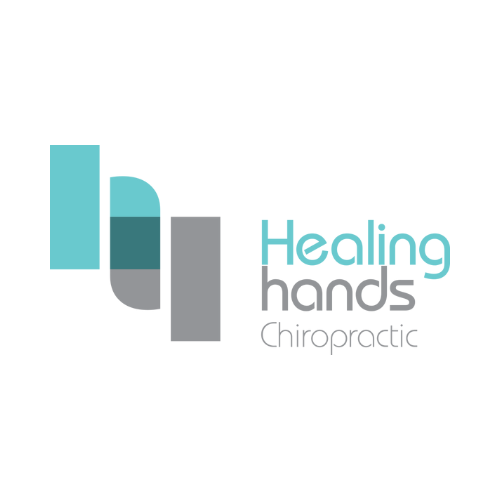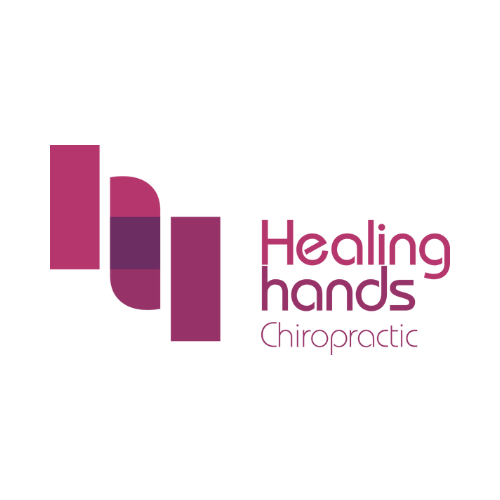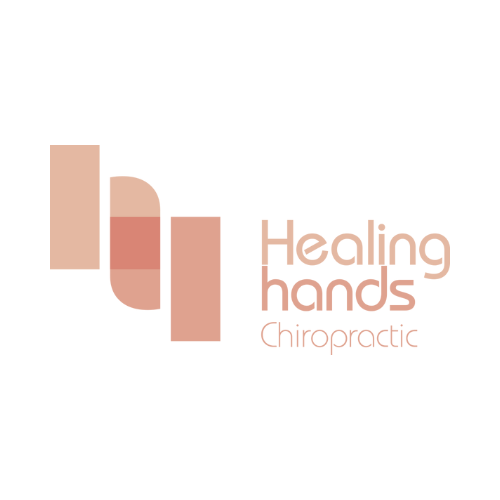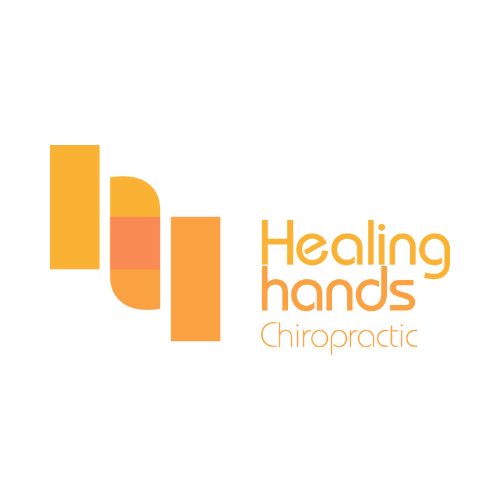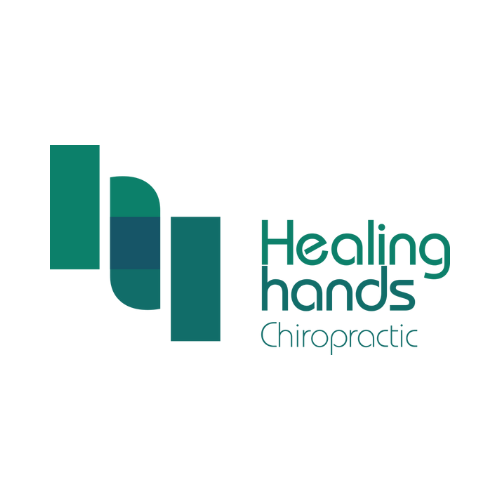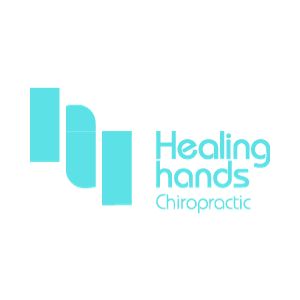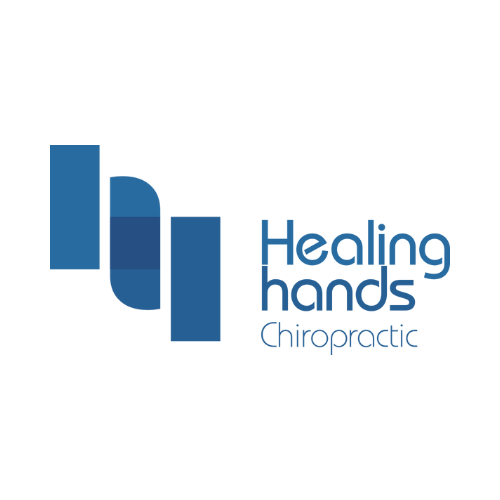Tendinitis
What is tendinitis?
Tendinitis, also known as tendonitis, is a condition characterized by inflammation or irritation of a tendon. Tendons are strong, flexible bands of tissue that connect muscles to bones. They have a vital role in facilitating joint movement by transmitting the force produced by muscles to the bones, thereby enabling movement and ensuring joint stability.
What are the symptoms of tendinitis?
The symptoms of tendinitis can vary depending on the affected tendon and the severity of the condition. However, common symptoms include:
Pain: Tendinitis is typically associated with localized pain around the affected tendon. The pain may be mild initially but can become more intense over time.
Tenderness: The affected area may feel tender to the touch. Pressing on or around the tendon may elicit pain or discomfort.
Swelling: Tendinitis can cause swelling in the vicinity of the affected tendon. The area may appear slightly swollen or feel puffy.
Stiffness: Tendons affected by tendinitis can become stiff, making movement of the associated joint difficult or uncomfortable.
Increased Pain with Activity: Tendinitis pain tends to worsen with movement or activity involving the affected tendon. Performing actions that stress or strain the tendon, such as gripping, lifting, or repetitive motions, may exacerbate the pain.
Weakness: In some cases, tendinitis can lead to weakness in the affected area. You may notice a decrease in strength or difficulty performing tasks that require the use of the affected tendon.
What are the complications from tendinitis?
It’s important to note that if tendinitis progresses or is left untreated, it can further weaken its structure, potentially resulting in early degeneration or even a complete tear of the tendon. If you suspect you have tendinitis or are experiencing symptoms related to a tendon injury, it’s advisable to seek medical attention for an accurate diagnosis and appropriate treatment.
Tendon Rupture: Continued strain on an inflamed tendon can weaken it, increasing the risk of a partial or complete tendon tear or rupture. This can result in severe pain, loss of function, and may require surgical intervention for repair.
Chronic Tendinitis: If tendinitis persists or becomes recurrent, it can develop into a chronic condition characterized by long-lasting inflammation and symptoms that can significantly impact daily activities and quality of life. It may require more extensive treatment and management strategies.
Tendinosis: Degenerative changes in the tendon due to prolonged or repetitive injury.
Impaired Function and Mobility: Pain, stiffness, and weakness can limit movement and affect daily tasks.
Secondary Joint Problems: When tendinitis limits the movement or function of a specific joint, individuals may unintentionally rely more on nearby joints to perform certain activities. This increased workload on adjacent joints can lead to overuse injuries, such as joint inflammation, cartilage damage, or ligament strain.
The common causes of tendinitis:
When tendons are subjected to repetitive or excessive stress, they can become inflamed and irritated, leading to tendinitis. This condition commonly affects the tendons in the shoulders, elbows, wrists, knees, and ankles. It is often associated with activities that involve repetitive motions or overuse of a particular joint, such as sports, manual labor, or certain occupational tasks.
Overuse or Repetitive Movements: Repeating motions that strain the tendons, such as in sports or certain occupations.
Age and Degeneration: Natural wear and tear of tendons with age, making them more prone to inflammation.
Trauma or Injury: Acute injuries or sudden impacts to a tendon can cause tendinitis.
Poor Conditioning or Muscle Imbalances: Insufficient muscle strength or imbalances that stress the tendons.
Medical Conditions: Underlying conditions like arthritis or diabetes that can affect tendon health.
Do i need to see a doctor for tendinitis? When should I see a doctor?
While tendinitis can often be managed with self-care measures, it is advisable to consult a doctor if you suspect you have tendinitis or if you experience the following:
Severe Pain or Swelling: Intense or persistent pain, significant swelling, or the affected area appears red, hot, or inflamed.
Limited Mobility or Function: Tendinitis is interfering with your ability to move the affected joint or perform daily activities.
Worsening Symptoms: Symptoms are progressively worsening or not improving despite self-care measures.
Recurrent Tendinitis: History of recurrent tendinitis or if the tendinitis keeps coming back.
Suspected Tendon Rupture: If you suspect a tendon rupture, characterized by a sudden, sharp pain, a noticeable gap in the tendon, or the inability to move the affected joint, seek immediate medical attention.
Impact on Daily Life: It is significantly affecting your daily activities, work, or sports performance.
A healthcare professional can provide a proper diagnosis, rule out other potential causes of your symptoms, and develop an appropriate treatment plan tailored to your specific needs. They may recommend further tests, prescribe medications, provide specific exercises or physical therapy, or refer you to a specialist if necessary.
What are the treatments for tendinitis?
The treatment for tendinitis aims to reduce pain, inflammation, and promote healing. The specific treatment options may vary depending on the severity of the tendinitis and the affected tendon. Here are common treatments for tendinitis:
Rest and Activity Modification: Resting the affected tendon and avoiding aggravating activities.
Ice Therapy: Applying ice packs to reduce pain and inflammation.
Pain Medication: Over-the-counter NSAIDs for pain relief and reducing inflammation.
Physical Therapy: Exercises and stretches to strengthen the tendon and supporting muscles.
Orthotic Devices: Using braces, splints, or inserts to support and protect the tendon.
Corticosteroid Injections: Injections to reduce inflammation and pain (used sparingly).
Extracorporeal Shockwave Therapy (ESWT): Non-invasive therapy using shockwaves to stimulate healing.
Platelet-Rich Plasma (PRP) Therapy: Injection of concentrated platelets to aid in tissue healing.
Surgery: Rarely, surgical repair for severe cases or tendon ruptures.
Chiropractic Care: Chiropractic treatments, such as adjustments and soft tissue therapies, may help improve joint function and alleviate symptoms associated with tendinitis.
Is chiropractic treatment good for tendinitis? Should i see a chiropractor?
Chiropractic treatment can be beneficial for some individuals with tendinitis, but it may not be suitable or effective for everyone. Chiropractors are trained to diagnose and treat musculoskeletal conditions, including tendinitis. They may use a variety of techniques, such as spinal adjustments, soft tissue therapies, and exercises, to address imbalances, reduce pain, and improve joint function.
Here are some points to consider when deciding whether to see a chiropractor for tendinitis:
Individual Assessment: Each case of tendinitis is unique, and it’s essential to have a proper diagnosis and evaluation by a professional chiropractor to determine the underlying causes and severity of your condition.
Chiropractic Expertise: Chiropractors receive extensive training in musculoskeletal health and may have experience in treating tendon-related conditions. They can provide specialized care focused on joint mechanics, soft tissue therapy, and exercises tailored to your specific needs.
Non-Invasive Approach: Chiropractic care offers a non-invasive treatment option for tendinitis, focusing on manual therapies and exercises to address the underlying causes and promote healing without the need for medication or surgery.
Holistic Approach: Chiropractors often take a holistic approach to patient care, considering the overall health and well-being of the individual. They may provide recommendations for lifestyle modifications, nutritional support, and ergonomic changes to help improve the healing process and prevent future injuries.
Joint Function Improvement: Chiropractic adjustments can help improve joint function and restore proper alignment, which may alleviate stress on the affected tendon and promote healing.
Pain Management: Chiropractic care may help reduce pain associated with tendinitis by targeting underlying musculoskeletal imbalances, reducing inflammation, and promoting better movement patterns.
Rehabilitation and Strengthening: Chiropractors can provide specific exercises and rehabilitation programs to strengthen the affected tendon, improve flexibility, and enhance overall function. This can aid in long-term recovery and prevent future episodes of tendinitis.
Multidisciplinary Approach: In some cases, a multidisciplinary approach may be beneficial for severe tendinitis management. This could involve collaboration between chiropractors, physical therapists, and other healthcare providers to address various aspects of your condition.
Ultimately, the decision to see a chiropractor for tendinitis is a personal one. If you prefer a non-invasive, manual therapy approach, chiropractic care may be worth considering. However, it’s essential to communicate openly with your healthcare team and make informed decisions based on your specific circumstances.
Why Choose Us?
Healing Hands Chiropractic has been in the industry for 12 years and has a team of experienced chiropractors dedicated to helping patients with pain relief and management. We are experienced in tendinitis condition and are able to help you to manage the pain using holistic and effective means. Healing Hands Chiropractic Singapore is one of the most reviewed and trustable chiropractic clinic. With over 1600+ five star reviews and real before vs after patients photos, you can entrust us with your health!
Get Rid of the pain today
Want To Have a Healthier and Happier life?
Book Your Appointment Today!
What To Expect During Your 1st Visit
Identifying postural imbalances to detect any differences in weight between the right and the left sides of the body, alignment from our head all the way down
to our hips. Tyron thermographic spinal scan helps to measure the muscle temperature around the spine. It detects areas with the greater temperature where muscles are working harder due to poor posture.
1-on-1 consultation with our Chiropractors with a detailed review of your health history.
Our Chiropractor will investigate and educate you on the necessary steps forward in reaching your health goals.
Our Chiropractors will perform a series of range of motion tests to determine your current body condition and an adjustment will be administered if deemed
clinically safe to do so.
Our Chiropractors will use their hands or a small instrument to apply a controlled force to the spinal joints. “Crack” or “Pop” sound may occur as your spine gets manipulated. Do not be alarmed, as the adjustment releases trapped gasses from your joints.
X-Rays will be prescribed so that we can accurately diagnose your condition before prescribing a customized treatment program. It is also for your safety and for us to rule out any possible underlying conditions that cannot be treated by Chiropractic.
The review of your X-rays is complimentary at your following visit if you take up the X-rays with our preferred diagnostic partners.
Frequently Asked Questions
A chiropractor provides non-invasive treatments with the benefits of spinal adjustments and realigning the joints to improve the system and function throughout the body.
In general, chiropractors believe in the ability of the body to self-heal through Chiropractic adjustment with the help of modalities such as the Flexion distraction table, E-stim, Denneroll, and functional exercises. They also utilize various other treatment modalities such as ultrasound, bodywork, etc. to get patients back to health.
We recommend seeing one if you are experiencing any discomfort, pains or aches in your muscles or joints. Check out the list of conditions we treat here.
Most importantly, do not wait until you are experiencing pain or worse, numbness to see a chiropractor. Often, pain is the last thing that shows up but the first to go away after chiropractic treatment.
There is no better time to visit the highest rated chiropractor in Singapore. Book your appointment here.
Chiropractic adjustment should not be painful. However, in some instances when the injury is either acute (happened recently) or sub-acute(on the road to recovery), the muscles and ligaments may prove to be guarded or sensitive to the touch, these are some exceptions.
A thorough examination of your complaints and conditions can alleviate any concerns that you may have.
It is a very safe & accurate thermographic scanner that scans the full spine or segmental parts of the spine in approximately 15 seconds. The Tytron detects areas of asymmetry as well as indicate areas with greater temperature due to acute soft tissue damage.
The Tytron scanner uses precision sensors, speciality lenses and a unique focusing system to give the chiropractor the most accurate and repeatable information available. You will be given a print out of your result on the first visit.
Book your first appointment with us to experience the Healing Hands chiropractic journey.
X-rays are recommended if you want to take care of your condition holistically and to get to the root of the issues. It is also for the patients safety and for us to rule out any possible underlying conditions that cannot be treated by Chiropractic adjustment. Just like your regular health check up, X-rays serve to give you and the chiropractor an insight to your spinal health as our naked eyes can only tell a rough story.
Our Chiropractors will use their hands or a small instrument to apply a controlled force to the spinal joints.
A “Crack” or “Pop” sound may occur as your spine gets manipulated. Do not be alarmed, as the adjustment releases trapped gasses from your joints.
Yes, we have both Male and Female Chiropractors at Healing Hands Chiropractic Singapore.
Our Female Chiropractors are stationed at Healing Hands Ang Mo Kio.and Healing Hands Bedok
All our Chiropractors believe in personalised care supported by time-tested techniques enhanced with the most efficient time frame. All our Chiropractors embody our 3 core values; Care For Patient, Integrity and Attention to Detail.
Yes, neck adjustments are a very safe treatment when performed by chiropractors as they are trained in the correct techniques to manipulate the joints safely. Healing Hands chiropractors also ensure that it is clinically safe enough for the adjustment before they perform it. This is also one of the reason why X-rays are required before more customised treatment can be done to ensure that your body is able to receive it.
The benefits of getting chiropractic treatment helps with reducing pain and increase joint mobility. We’ve written an article all about it here.
There also seems to be a lot of concern about the safety of getting adjusted by a chiropractor. However, when done by a professional chiropractor, spinal manipulation and Chiropractic care are generally considered safe, and effective treatments for acute pain.
Healing Hands Chiropractic Singapore has been treating thousands of patients since 2010 and many have benefited from it.
We hope to tell people more about chiropractic so that more can come to understand and appreciate how chiropractors can help with the various conditions for the people in Singapore.ut chiropractic so that people can understand and appreciate Chiropractic.
According to MOH, there are currently 150 chiropractors in Singapore. Choosing the most effective chiropractor for you may be challenging.
That is why we have written an article about 5 ways to find a good Chiropractor. In short,
1) Know your own health goals.
2) Integrity and confidence of the Chiropractor.
3) Word of mouth or reviews about the Chiropractor.
4) Clinical competency and experience of the Chiropractors.
5) The willingness of the Chiropractor to refer out.

